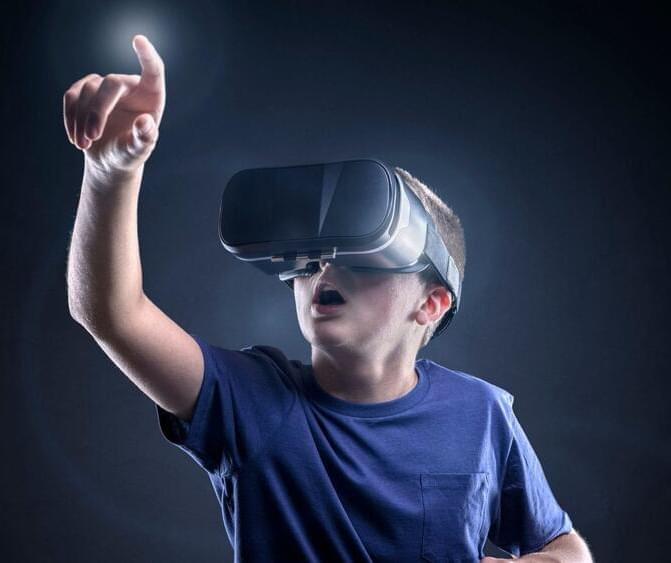Minor tweaks could expand its scope of applications to other conditions, such as autism.
Researchers used virtual reality (VR) games to diagnose attention-deficit hyperactivity disorder (ADHD) through differences in eye movements, according to a press release published by Aalto University. This method could potentially be utilized as a basis for ADHD treatment and, with minor tweaks, to assess other conditions like autism.
ADHD is a common attention disorder that affects six million U.S. children between the ages of 3 and 17 years, according to a national survey of parents.
